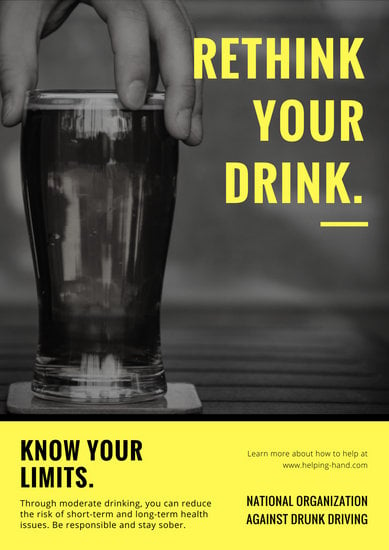

We employ a Structural Vector Autoregression (SVAR) model that relies on sign restrictions (also used in previous studies of wage bargaining shocks, e.g. We therefore seek to rely as little as possible on theory in our identification of wage bargaining shocks, and instead exploit information available from recent historical events. A different bargaining framework, a more complex modelling set-up or different parameter values can completely alter the conclusions – and with them any policy recommendations. In such a model, an increase in bargaining power allows workers to obtain higher wages, but vacancies drop as firms are less willing to hire owing to increased costs, leading to a gradual increase in unemployment.Ĭrucially, such an outcome for unemployment very much depends on the specifics of the assumed model. In a canonical search and matching framework (Pissarides, 2000), bargaining power is controlled by a parameter that seeks to capture all factors determined outside the model.

Identifying wage bargaining shocksīargaining power is unobserved and is an “umbrella” term for various factors – ranging from personal preferences to the extent of unionisation and the sequencing of bargaining steps – that determine how the surplus of a work relationship is split between parties. It thus provides a rationale for monetary policymakers to closely monitor factors influencing wage bargaining outcomes. Furthermore, the so-called pass-through of higher wages to prices following a wage bargaining shock is close to total. We also find that, for Germany, bargaining shocks explain around a quarter of changes in inflation and unemployment at longer horizons. The effects on unemployment are very persistent, whereas the effects on output are comparatively short-lived, mostly fading within three years. We find that positive wage bargaining shocks propagate to the economy through higher unemployment and lower output. Minimum wage policy acts as a direct shift of bargaining power in favour of workers, and collective bargaining rounds that involve the threat of, or actual, strikes also boost workers’ bargaining power. In Germany, the country we focus on, a number of historical events arguably constitute positive wage bargaining shocks that improve workers’ bargaining power, such as the introduction of a statutory minimum wage in 2015 and a number of labour disputes led by the prominent union IG Metall. We then study its effects on the macroeconomy. We propose a novel approach to identify exogenous variation (compared with other factors such as demand and supply shocks) in bargaining power from the data, using information about key events relevant for wage negotiations. Wage-setting reflects broader macroeconomic developments, but it is also affected by shifts in bargaining power that are not directly observed. Workers and employers bargain over the surplus income generated by an employment relationship, most notably in terms of wages.
#Drivers ed 2 page nartive drivers
We find that such wage bargaining “shocks” are important drivers of unemployment and inflation, that their effect on wages is almost fully reflected in prices, and that they reduce the vacancy rate and increase firms’ profits and the labour share of income in the short run, but not in the long run. We use information about key events in Germany relevant for wage negotiations, like labour strikes and the introduction of a minimum wage, to pinpoint changes in bargaining power between workers and employers. By Žymantas Budrys, Mario Porqueddu and Andrej Sokol


 0 kommentar(er)
0 kommentar(er)
